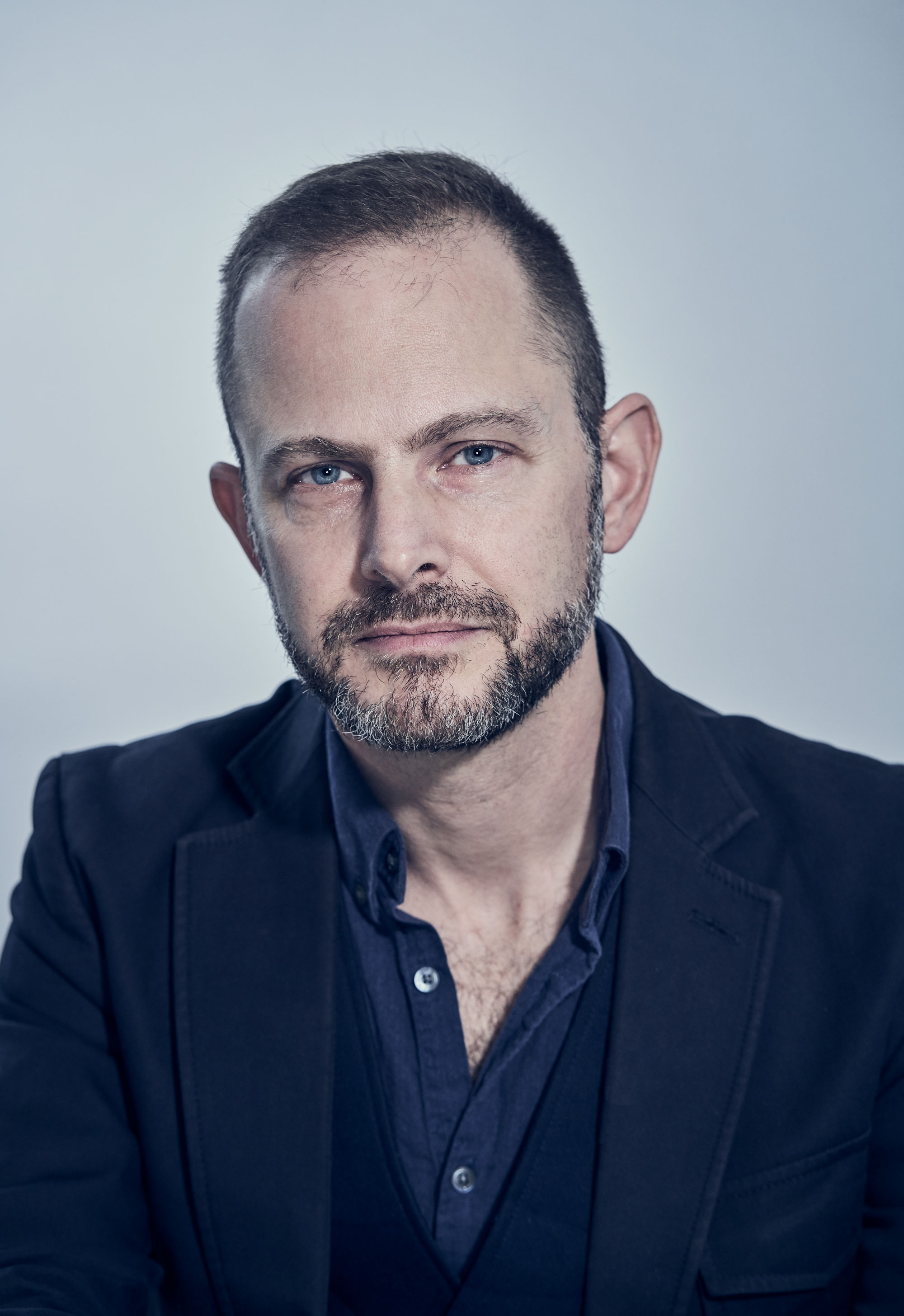A tale of two startups

Two entrepreneurs share a goal: to help people overcome opioid addiction. One, Zack Gray, has an Ivy League education and $2.7 million in venture capital funding. The other, Nikki King, went to the University of Kentucky and has a fraction of that amount, cobbled together from grants, donations, and Medicaid reimbursements.
But Gray’s investors will want their money back some day. That means the only people he can help are people who can pay. This is the inexorable logic of venture capital, as Elizabeth MacBride writes: it funnels money from people who have it (customers) to people who have even more of it (investors). Those who have none of it have no say in one of the main driving forces of American innovation.
The technology we have mirrors the society we have, and specifically the way power in that society is distributed. Those who have power, be it through money, connections, or other kinds of privilege, have much more say in deciding which technologies get built and whom they benefit.
Such a system fails many people. Covid-19 and, more recently, the protests in the US sparked by the police officer who calmly murdered the unarmed, unresisting George Floyd in full view of cameras have made this clearer than ever. The venture-capital-driven tech boom of recent decades has not given the country much of the technology and infrastructure it needs to fight a pandemic. It has worsened economic inequality, political polarization, and the spread of misinformation. It has not reduced racial injustice: even though police brutality against black people has been documented countless times on cell phones and police bodycams in the past few years, the death toll has stayed perfectly steady. Indeed, the US has used technology to make racial oppression more systematic, as Charlton McIlwain writes.
The pandemic exacerbates these inequities. Not only are people in some of the lowest-paid, most precarious jobs—delivery drivers, supermarket cashiers, warehouse staff—at highest risk of catching covid-19, but as Erika Hayasaki explains, the crisis is likely to accelerate their replacement with robots and other forms of automation.
None of this is the fault of technology, but of a society that gives markets, and therefore the rich and powerful, too much say over which technologies are built and how they are used. This is not a call for socialism: free markets are essential to innovation. But America’s technology prowess owes much to government funding and direction, both of which have declined over the decades, as David Rotman and Ilan Gur explain. More muscular policy and regulation could also help with the post-covid recovery, writes Nathan Schneider, by creating incentives and support for local entrepreneurs to build technological solutions for their own communities.
It’s hard to see much appetite for that kind of policymaking in the current US government. For signs of hope, one might look to Canada, where the tech hub of Toronto is trying (or so its boosters say, at any rate) to be a sort of gentler, kinder Silicon Valley, driven less by rapacious capitalism and more by a concern for technology’s social consequences.
Look, too, at individual scientists, inventors, and entrepreneurs with ambitious, idealistic goals. As we do every year, we’ve assembled a global and—importantly—diverse group of leading young innovators. We’ve also interviewed some of the past years’ winners about what they’ve learned along their journeys. Their examples, we hope, can serve to inspire funders, policymakers, and other technologists with a reminder of the good technology can do when it is directed at helping everyone—not just the moneyed and powerful.
Keep Reading
Most Popular
Large language models can do jaw-dropping things. But nobody knows exactly why.
And that's a problem. Figuring it out is one of the biggest scientific puzzles of our time and a crucial step towards controlling more powerful future models.
How scientists traced a mysterious covid case back to six toilets
When wastewater surveillance turns into a hunt for a single infected individual, the ethics get tricky.
The problem with plug-in hybrids? Their drivers.
Plug-in hybrids are often sold as a transition to EVs, but new data from Europe shows we’re still underestimating the emissions they produce.
Stay connected
Get the latest updates from
MIT Technology Review
Discover special offers, top stories, upcoming events, and more.